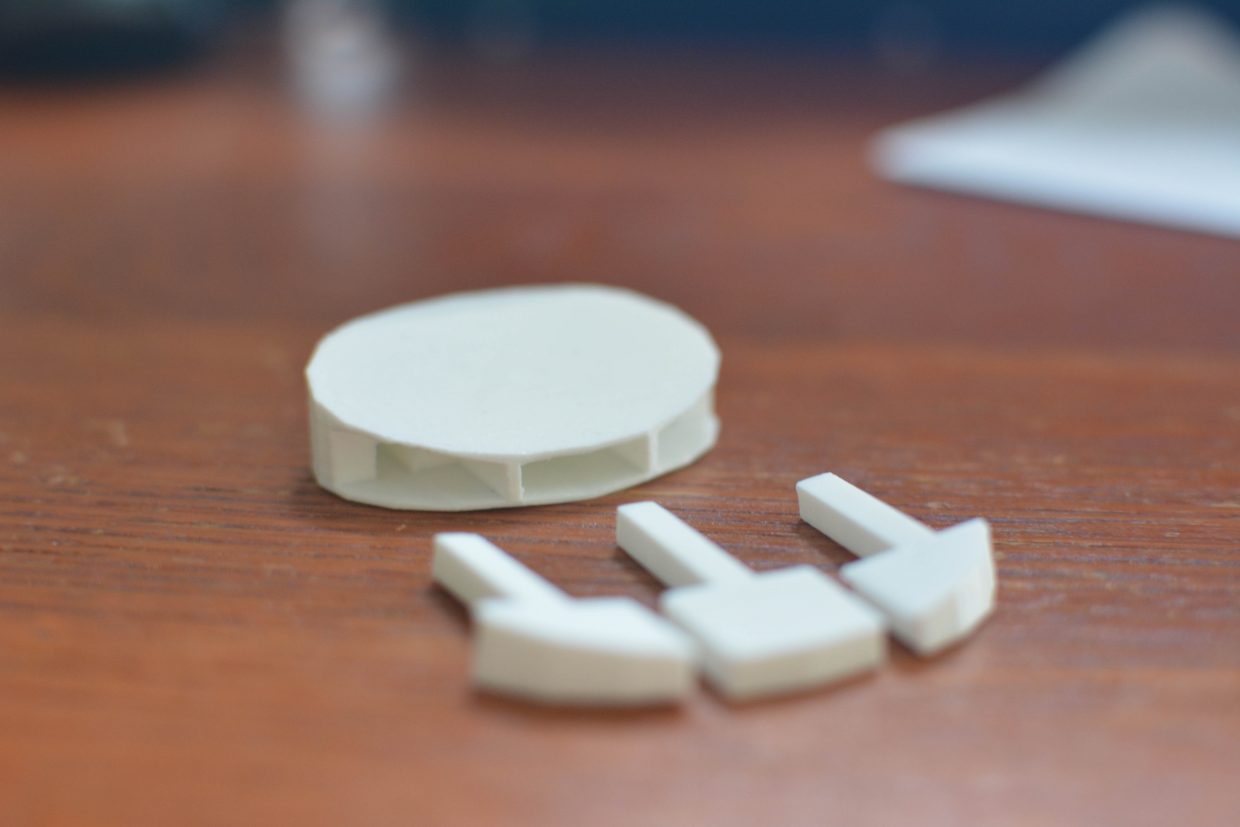Concerns: prototype 1
For the first expert session I have spoken to two practitioners which gave me the insight that for the last few weeks the design parameters of this first prototype are for the most part invalid. A hernia cannot be felt via haptic feedback. And if a slight deviation of the vertebrate even can be felt, there is easier ways to figure out the location of the hernia. Since the hernia causes radiation to, or failure of, body parts, the location of this radiation/failure indicates the position of the hernia along the spine. The spinal nerves to different parts of the body exit along different interverabrates.
Anyways, the point is, simulating the hernia itself would not make much of a differences for the haptic feedback the system I now envision should give. In case of Sacroiliac joint dysfunction this system now would make much more sense since this pathology is noticeable due to the limitation in motion freedom of the patient) [1]. Which leaves me with two options:
Either I can go with this new pathology: which means I would have to do another literature study to understand it thoroughly and I can keep the prototype. Or: I can discard the current prototype and go for a new base-model for the next generation prototype. I have decided to go with the latter because the whole idea of rapid prototyping was to be able to leave invalid options behind quickly. Furthermore I have already done a lot of literature study regarding disc hernia’s and this pathology has my personal preference, since I have experienced it myself. I rather keep it as personal as possible.
The new prototype will still exist of a model of a human back, however instead of having actuators inside this model to simulate a hernia, the system has sensors inside it. These will measure the amount of stress applied on every single vertebrate and in term, calculate how this would effect the patient. This prototype will involve a display to indicate the pain the patient is (potentially) experiencing. By correctly treating the right spot the pain should decrease over the duration of the treatment. Further explanation of the design will be given in the next post: : http://mtheelen.nl/second-prototype/
[1] http://www.pijn.com/nl/patienten/behandeling-pijn/interventionele-pijnbehandeling/facetgewricht-blokkades/
